CRE’s Outsize Role in Decarbonizing Cities
A new report from JLL says the onus for much of the needed work will fall on the CRE industry.
As major cities worldwide brace for climate change, a new report from JLL warns that “the policy mechanism of choice will be to put more controls in place.” In other words, CRE players should be prepared for mostly sticks, not carrots.
More than 60 percent of carbon emissions come from buildings. So as cities around the globe set ambitious carbon reduction goals, there is increasing pressure on the real estate industry to help meet those goals, writes Guy Grainger, global head of Sustainability Services and ESG for JLL.
“Decarbonizing Cities and Real Estate” examines the carbon reduction commitments, regulations and incentives being implemented in 32 global cities. Copenhagen, for example, is aiming for net zero carbon by 2025, while 2030 is the NZC target for London and Helsinki. The most-aggressive U.S. city in this regard is San Francisco, with a goal of 2040.
READ ALSO: Building Resilience for a Changing Climate
Despite best efforts, however, policy is lagging the science, which “is telling us that we need to push harder and with real urgency,” Grainger writes. “Expect mandatory regulations to be ramped up during the second half of the decade (2025-2030) as the climate emergency intensifies.”
Further, the report notes that because the vast majority of the building stock that will be standing in 2050 already exists, retrofitting rates will have to exceed 3 percent a year.
For example, Boston’s 2019 climate action plan states that 85 percent of floorspace that will exist in 2050 has already been built. To reach carbon neutrality, therefore, four out of five of the city’s buildings will need to implement deep energy retrofits and electrification by then.
Retrofitting is also crucial because of the carbon costs of new construction, including the generation of construction and demolition waste. “The greenest building is the one that’s already built,” the report states.
Some lead, some lag
As an overview, the report has sorted all 32 cities into four categories (in decreasing states of progress on decarbonization): The Trailblazers, Climate Progressive, Climate Aware and Starting Out.
Though no U.S. cities are in the first group, Boston, Los Angeles, New York, San Francisco and Washington, D.C., are in the second, which requires having mapped out “comprehensive pathways to NZC.” Among U.S. cities, only Chicago is in the third category.
The more positive side of all this is that numerous major cities have enacted initiatives with significant potential to reduce carbon emissions.
In San Francisco, for example, the Zero Emissions Buildings Taskforce is a public-private effort that is collaborating on recommendations that have led to such specific actions as the All-Electric New Construction Ordinance, which requires all new buildings to be all-electric, effective from 2021.
And both Washington and Los Angeles require annual energy efficiency and water usage reports from properties over 25,000 and 20,000 square feet, respectively.
Read the full report by JLL.


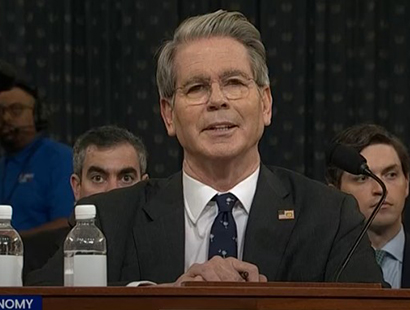
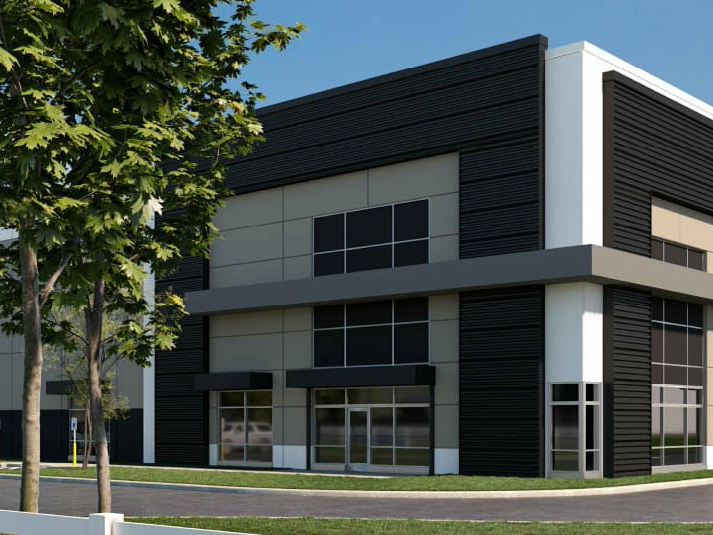
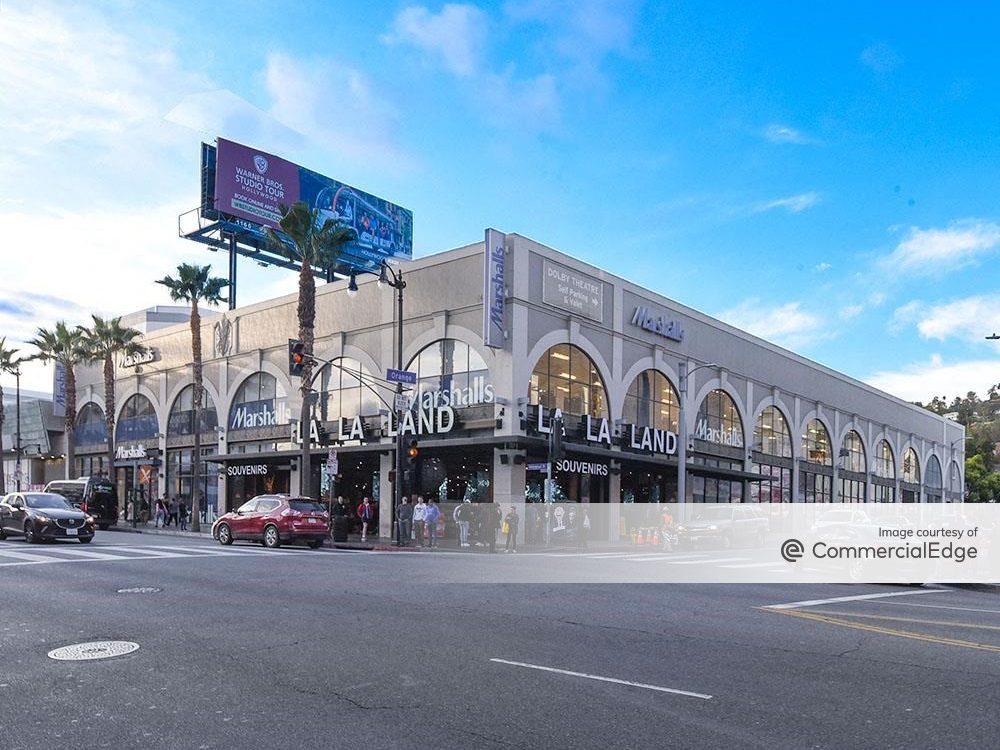
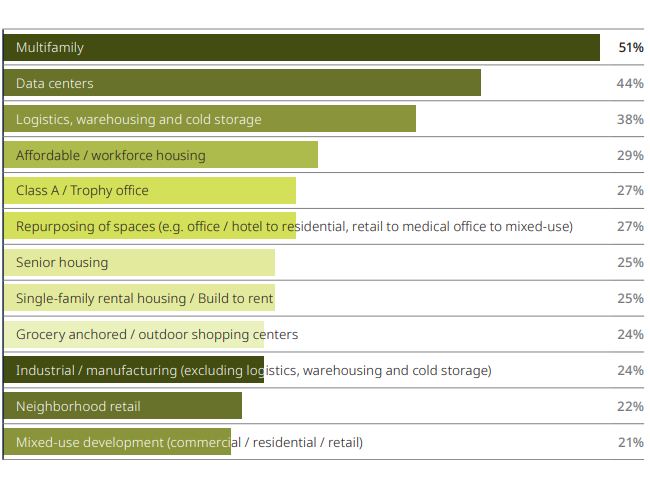
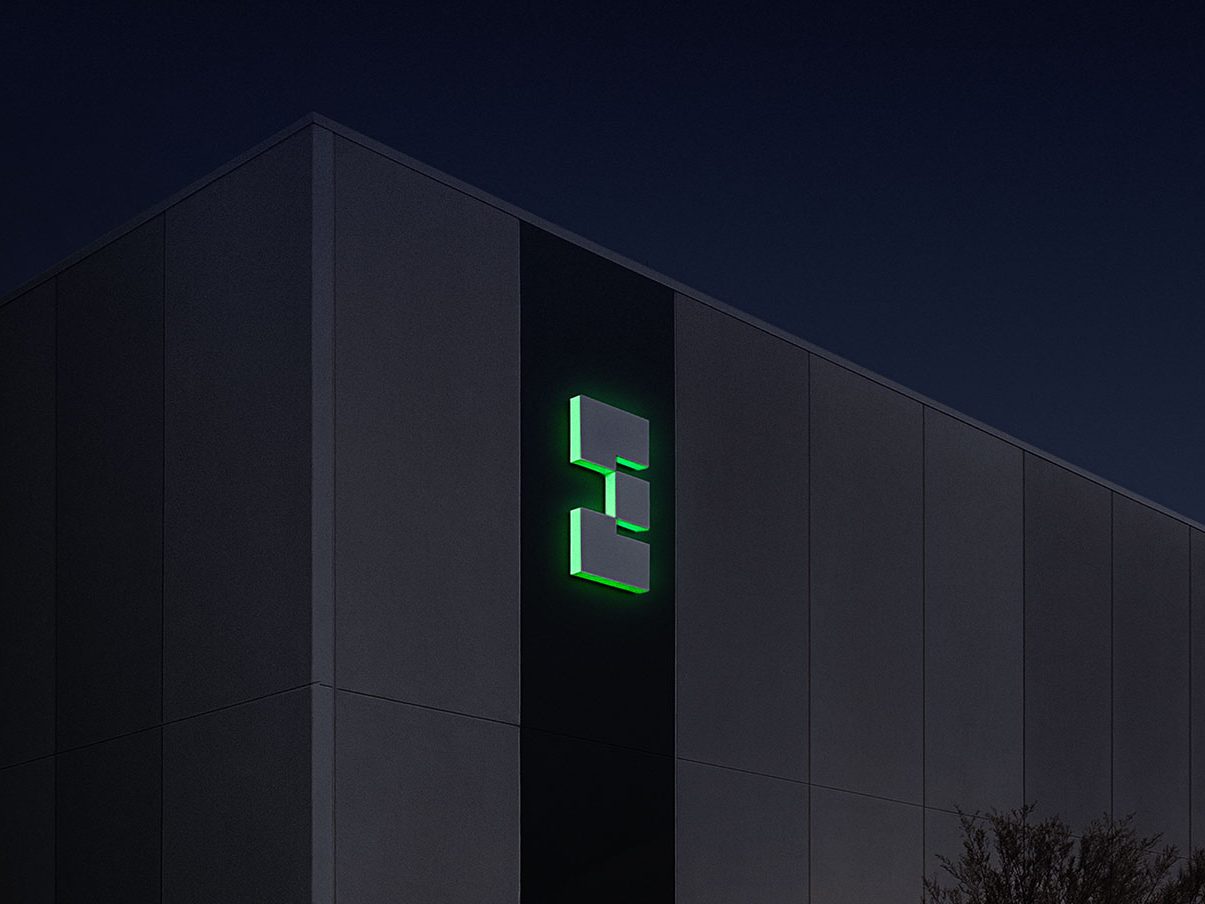
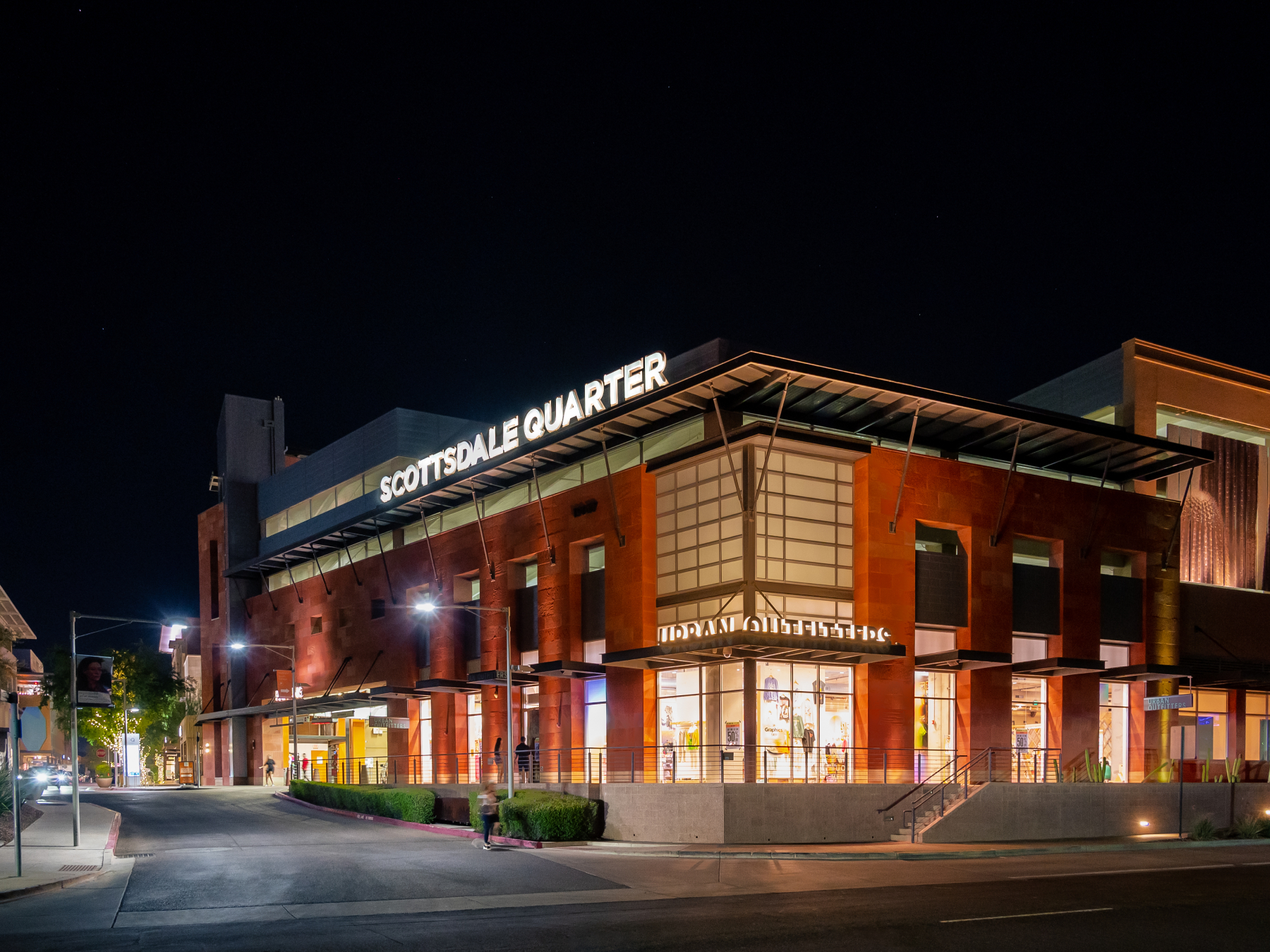
You must be logged in to post a comment.